
|
|
|
|
|
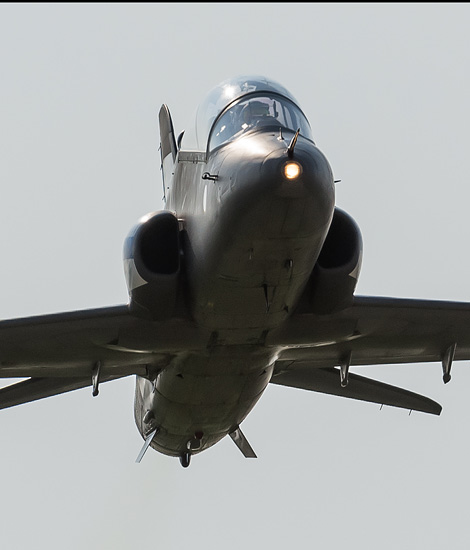
|
The Era after the Communism; Radom-Sadkow, August 23 – 25, 2018
100 Years Polish Air Force, part 4; Text and Photograph's by Alex van Noye
After the fall of the Soviet Union and the end of communism in Europe, Poland and especially the industry would have a hard time. The country was virtually bankrupt, and eventually the aviation industry would not survive this major blow. The Air Force entered a new era when Poland became a member of NATO in 1999.
After the fall of the Soviet Union in 1989 and the disarmament in Europe, the Polish Air Force was reduced drastically. The Polish Air Force had at that time a lot of aircraft. Poland was located in the time of the Communism and the Soviet influence very strategically between the Iron Curtain and the Soviet Union. There were in addition to the Polish units also many Russian units stationed in Poland. The 4th Air Army (4 Vozdushnaya Armiya) was withdrawn after the Cold War from Poland to Russia. This unit was part of the Soviet Northern army’s and was mainly stationed in Poland. When Communism fell in the early 1990s, Poland's economic transformation and reformation began. One advantage was that the imposed technology access restrictions were abolished and the export markets were opened worldwide to trade with Polish companies and the government. The downside was that this led to a rapid price increase of products. This problem often manifested itself as a lack of competitiveness and a drastic loss of demand for the product. The factories that were not able to commercialize their products ended up in a very difficult financial situation. This eventually led to a restructuring of the entire industrial sector. Production was phased out and many development programs were canceled. Most projects suffered from the lack of funding or interest from the Polish government. The I-22 trainer is an example of this. The plane was designed in the mid-eighties and eventually canceled.
The Polish Air Force was at that time a strong air force and had in 1990 types such as the MiG-21, MiG-23, MiG-29, Su-20 and Su-22 in use. This group of aircraft would remain in use within the Polish Air Force after the fall of the Soviet Union. The Lim-6 fighter-bombers were already retired from service in the early 90s. After this period of political change, a new era would start for the Polish Air Force. The country would be increasingly focused on the West at the beginning of the 90s. The next type which would be phased out was the MiG-23 "Flogger" in 1999. A total of 36 MiG-23MF
|
|
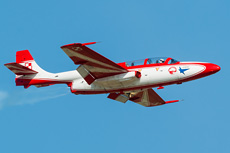
|
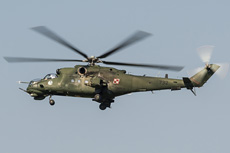
|
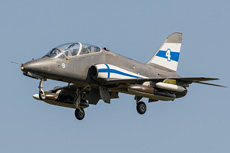
|
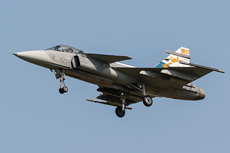
|
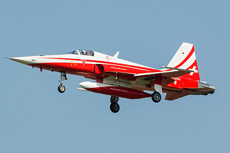
|
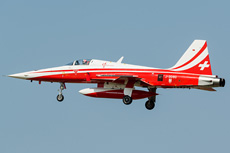
|
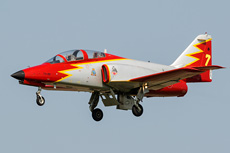
|
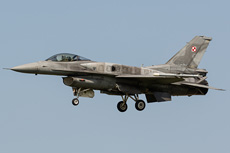
|
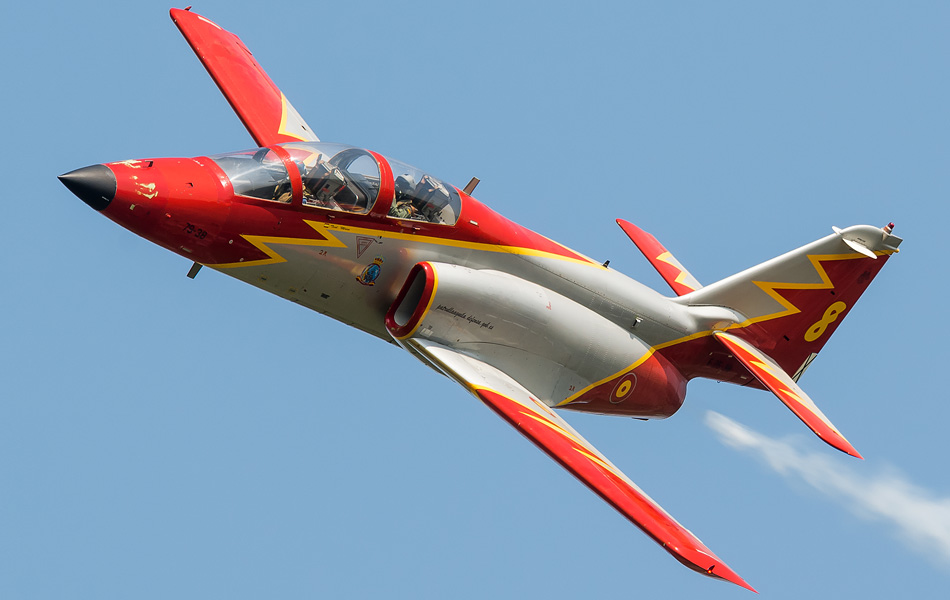
|
single-seaters and six MiG-23UB trainers were still in operational service. These aircraft were stationed at the airbase Slupsk in northern Poland. After the retirement of the MiG-23, eventually also the MiG-21 "Fishbed" was phased out in 2003. The MiG-21 was at that time stationed at Poznan and Łask in the middle of the country. Poland had after this period only the MiG-29 "Fulcrum" and the Su-22 "Fitter" in use until it would eventually gain access to western aircraft. In addition to combat aircraft, Poland also had a number of national products from the Soviet period. For example, in the 1980s PZL developed the PZL-130 Orlik for the training of military pilots. This aircraft is still in service today in this role with the Polish Air Force. The TS-11 Iskra is still in operational service as well. This aircraft will however be replaced in the short term by the M346 in the role of jet trainer. In the 1970s PZL bought the license from the construction of the An-14. In Poland, this aircraft is still frequently used under the name PZL-28. The aircraft is used for transport and training.
From 1999, much would change in Poland in the military structure. The country was admitted to the NATO from 1999 and since then Poland has become a Western country regarding its military structure. The brigade and regimental structure of the Soviet Union was converted into a wing and squadron structure which is used in the West. Poland took several steps towards a full NATO structure and organization and would adjust accordingly. From now on, the entire staff of the Polish Air Force would be trained according to Western doctrines and models. This meant that Poland would reverse its entire organizational structure. During this period, many reforms were also implemented whereby it was decided to close several airfields. The Polish Air Force would become smaller after membership and had to shrink considerably. This trend had also been continued with many other NATO air forces, because people are building much more on the protection of each other as allies. With the membership of NATO, Poland has slowly switched to the phasing out of Soviet material and more and more American and European material is being used by the Polish Air Force. The formal successor of the MiG-21 was after several years of evaluating the Lockheed Martin F-16 Fighting Falcon. The Polish F-16s are based at Poznan and Lask.
In the future, Poland will possibly enter the JSF program. It is not clear whether the country will make this step because the program does not run smoothly. The JSF is going to replace the outdated Su-22 in the role of fighter-bomber. In the recent years Poland has its transport fleet drastically modernized. The outdated An-26 "Curl" transport aircraft were replaced by the American Lockheed C-130 Hercules and the Spanish CASA C-295. Also the helicopter fleet will be changed in the next few years. Poland had already decided to buy the French EC725 Caracal as a replacement for the aging Mi-8 “Hip” transport helicopters. Due to problems with contracts with Eurocopter, this step has finally been canceled. Poland is now focusing on building variants of the Blackhawk helicopter as a replacement for the transport helicopters. In addition to these actions which are already started, Poland is also considering the purchase of the Boeing AH-64D Apache attack helicopter as a replacement for the Russian Mi-24 "Hind". The decisions for the replacement of the "Hind" have not yet been made. Besides the Apache, other options are still open for this replacement. Nowadays there is not much left of the ever gigantic Polish aviation industry. As a result of the reforms in the country after the fall of the Soviet Union, all Polish aviation factories were eventually sold to foreign institutions. PZL Mielec is now owned by Lockheed Martin, PZL Świdnik is the contemporary property of Agusta-Westland and PZL Okęcie has been taken over by CASA (now part of Airbus). The, in the past, large industrial machine from the communistic era has almost been destroyed.
|
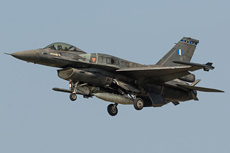
|
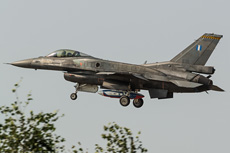
|
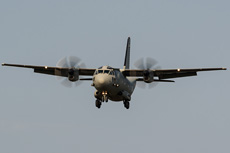
|
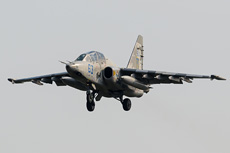
|
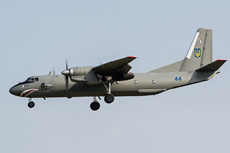
|
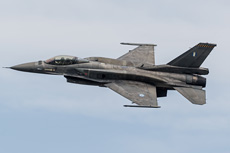
|
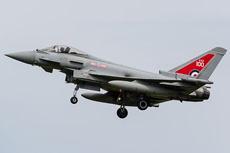
|
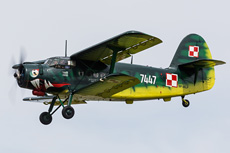
|
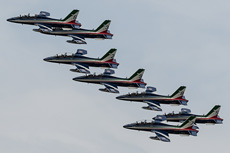
|
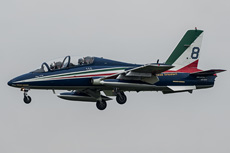
|
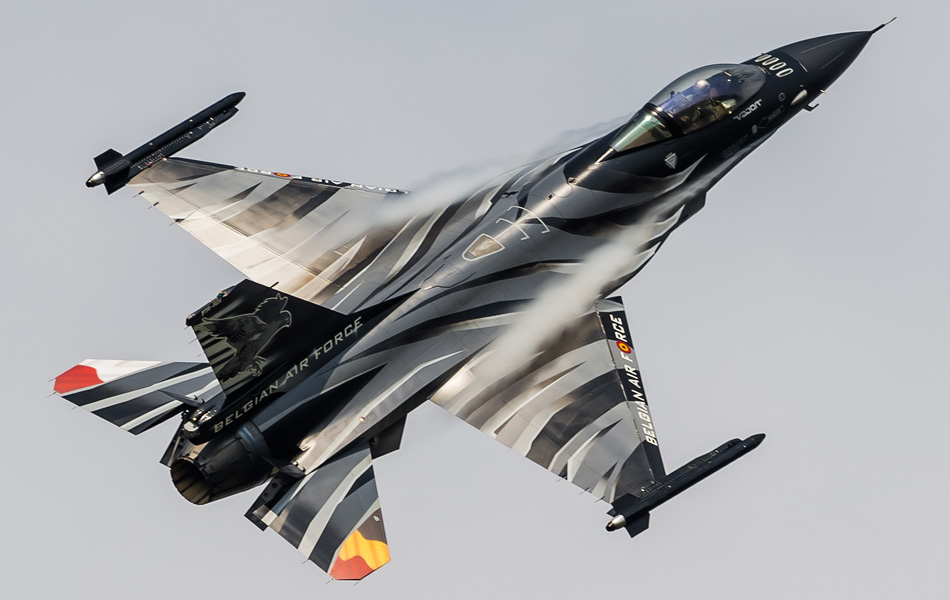
|
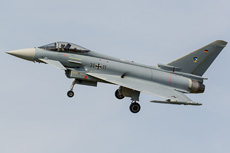
|

|
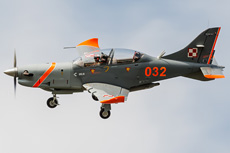
|
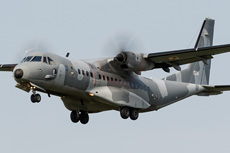
|
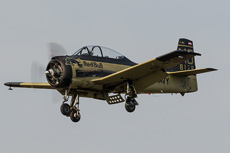
|
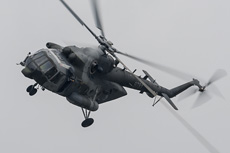
|
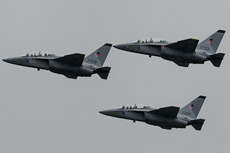
|
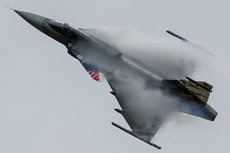
|
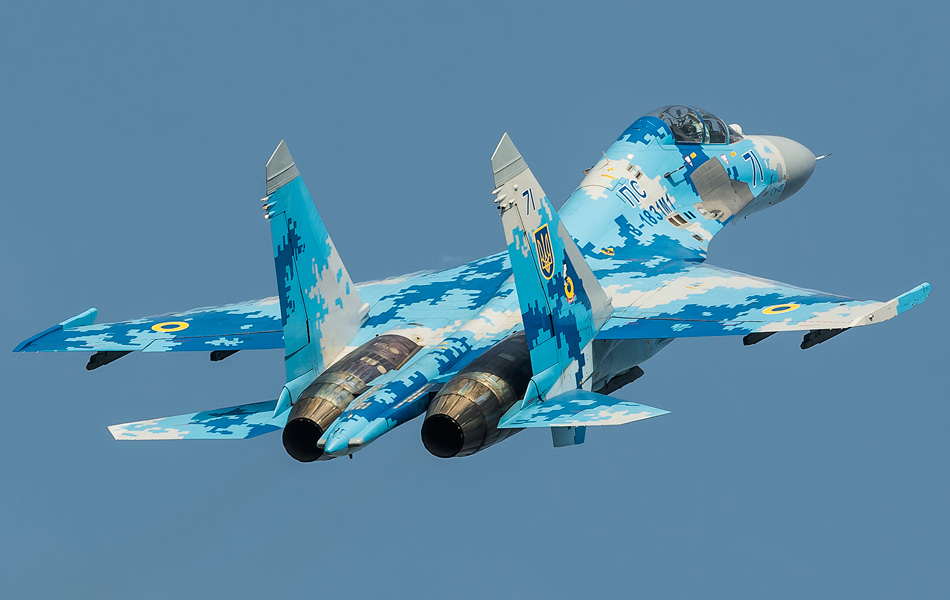
|
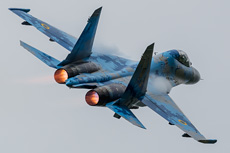
|
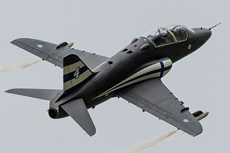
|
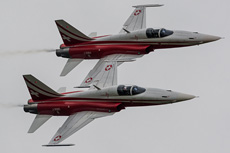
|
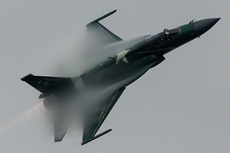
|
|
|

|







